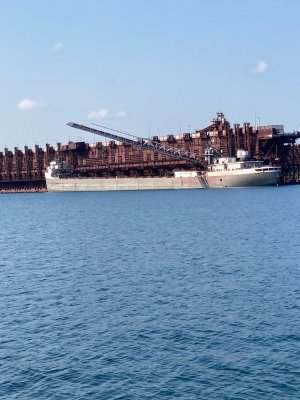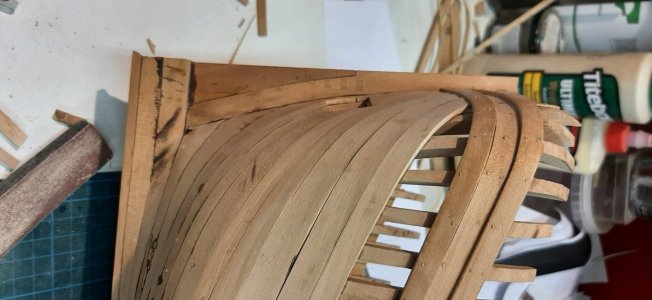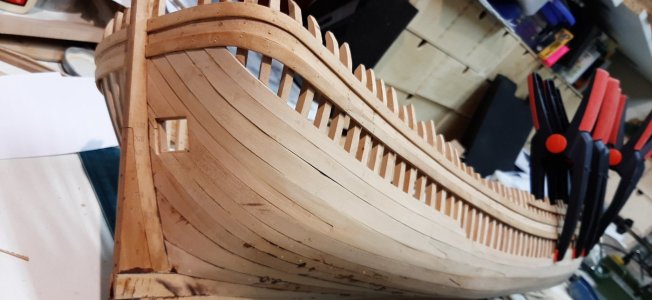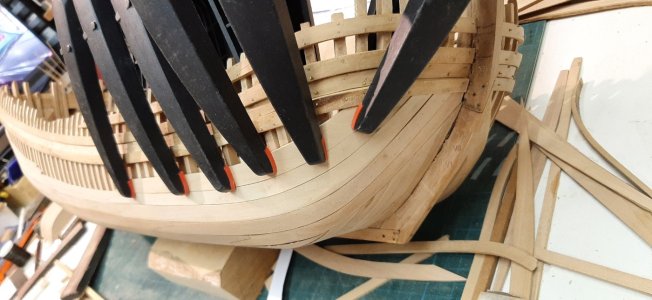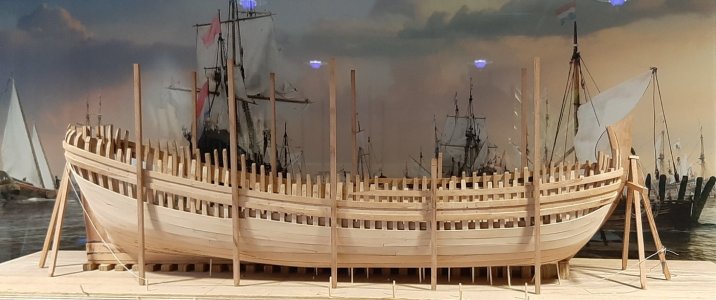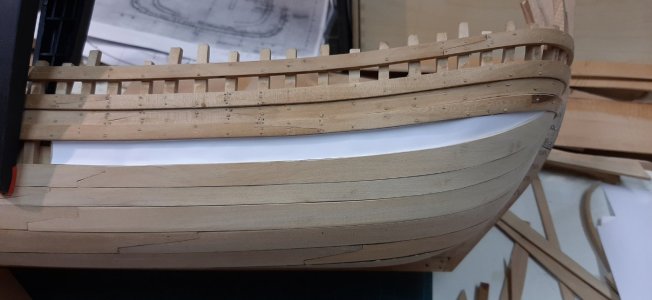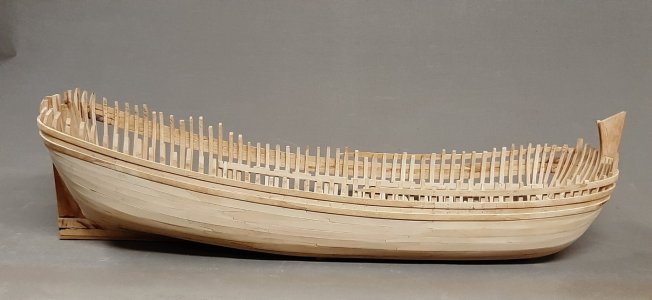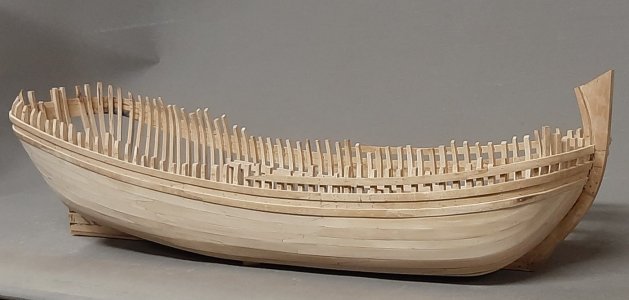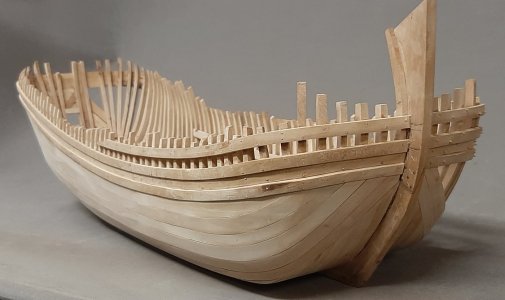Thx Ab, you are an early bird 
If you have the article that would be interesting.
Hi Markus @flying_dutchman2
That these ships mainly hauled fir and pine can also be seen in the size of the door/port. It is +/- 2,5 Amsterdam foot square, which is some 70 cm.
A super heavy oak trunk is not fitting through this.
Pine and fir is possible and was used in trunks for masts.
To move them through the hold you can use tackles from the deck beams but that is my own interpretation.
I haven't seen a hatch on the side in my ship up till now. But it provides acces to the koebrug which is also accesable via the ports in the great cabin.
If you have the article that would be interesting.
Hi Markus @flying_dutchman2
That these ships mainly hauled fir and pine can also be seen in the size of the door/port. It is +/- 2,5 Amsterdam foot square, which is some 70 cm.
A super heavy oak trunk is not fitting through this.
Pine and fir is possible and was used in trunks for masts.
To move them through the hold you can use tackles from the deck beams but that is my own interpretation.
I haven't seen a hatch on the side in my ship up till now. But it provides acces to the koebrug which is also accesable via the ports in the great cabin.






